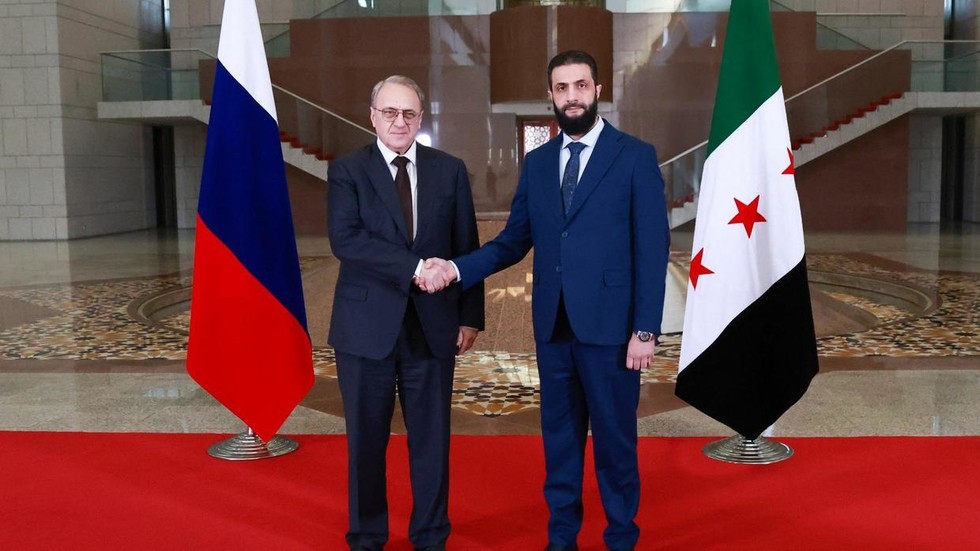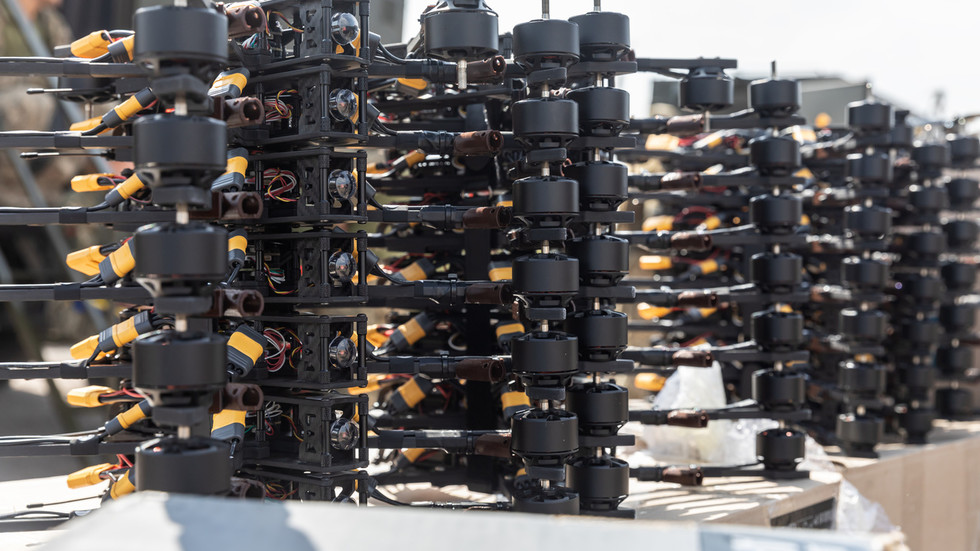Widad Kawar, 94, started collecting Palestinian dresses when she was a child in Jerusalem and founded a museum dedicated to Palestinian embroidery. She talks about what has been lost and what endures.
SCOTT SIMON, HOST:
While the news from Gaza is dominated by death and destruction, the enclave has always been home to a rich culture. And a small museum in Jordan devoted to Palestinian embroidery is highlighting that heritage with an exhibit devoted to Gaza. NPR's Jane Arraf reports from Amman.
JANE ARRAF, BYLINE: I'm sitting in Widad Kawar's living room. Everywhere you look, there are cushions with beautiful, intricate embroidery. Kawar is 94 years old, and since she was a child, she's been collecting and cataloguing Palestinian embroidery and the stories of the women behind it.
WIDAD KAWAR: This is a Ramallah pattern.
ARRAF: After Israel was created amid war in 1948, 85% of Palestinians either fled or were forced from their homes. Embroidery was a way of keeping memories alive.
W KAWAR: Through embroidery, they have identity with the past - the past before refugee life. They would say, this is the road to Jaffa - they call the pattern, the whole pattern. The road to Jaffa.
ARRAF: Each Palestinian region has distinctive patterns, a lot of it in bright, dark colors like red, deep blue and green. Gaza, with its coast on the Mediterranean Sea, was different.
W KAWAR: They used a lot of pink. They used turquoise, and this was unique. These are - the stripes are pink. Beautiful. They look beautiful.
ARRAF: Kawar is from Bethlehem. After the war in 1948, she went to college in Beirut. When she returned to the West Bank, she says she was shocked to find so many refugees.
W KAWAR: The beautiful women who used to dress up in embroidery and be proud of it and walk in the streets so proudly were now in faded dresses.
ARRAF: Women would sell their dresses in the market to feed their families. Kawar bought them to preserve them.
W KAWAR: They would tell me the names of the stitches and tell me the history of the dress. This is from her mother. This is from the grandmother. This is from the neighbor.
ARRAF: Kawar has written books about embroidery. And with her collection of more than 2,000 dresses, she founded a museum in Amman. Through a garden is a small stone building that houses Tiraz, Arabic for embroidery.
(SOUNDBITE OF BELL RINGING)
ARRAF: One of the dresses in the Gaza exhibit is a century old, dyed a deep blue using natural indigo and with intricate stitching in a V-shaped pattern. It's majestic.
You can see some of the history of these women in dresses which are patched and faded because they would wear them in everyday life. Other ones would have been used on special occasions, weddings and other ceremonies.
One section is devoted to embroidery as resistance, developed during the first Palestinian intifada, or uprising. Widad Kawar's daughter, Mary Kawar, is the director of Tiraz.
MARY KAWAR: It was not allowed to have the Palestinian flag. So suddenly, women started embroidering it on their dresses.
ARRAF: There are wall hangings with Palestinian aspirations in every thread.
M KAWAR: But come. Let me show you. It says al-Awdah.
ARRAF: The return.
M KAWAR: The return. Palestine is free and Arab. Here, it has all the names of the...
ARRAF: The cities.
M KAWAR: ...Palestinian towns.
ARRAF: Many of those towns now gone or lost to the Palestinian families who were never allowed to return to their homes. In Gaza itself, the main embroidery workshop that provided income for hundreds of women has been destroyed in the Israelo airstrikes. Several of the staff in the U.N.-run project and their families were killed, according to the workshop's director.
Mary Kawar says the work is a reminder of a rich Palestinian cultural tradition, an answer to the early Zionist claim that British Palestine was a land without a people.
M KAWAR: It tells you that Palestinian culture was well. To wear these dresses, you had to have money. You had to have a good economy. You had to have trade. You had to have places to go to wear these dresses. You had to have the time. And you had to have the peace of mind to be so creative and innovative and skilled.
ARRAF: She says there's a renewed interest in Palestinian embroidery now, including by young people, wanting to ensure that Palestinian cultural heritage will endure as long as there are people to keep it alive. Jane Arraf, NPR News, Amman.
Copyright © 2024 NPR. All rights reserved. Visit our website terms of use and permissions pages at www.npr.org for further information.
NPR transcripts are created on a rush deadline by an NPR contractor. This text may not be in its final form and may be updated or revised in the future. Accuracy and availability may vary. The authoritative record of NPR’s programming is the audio record.

 9 months ago
28
9 months ago
28









